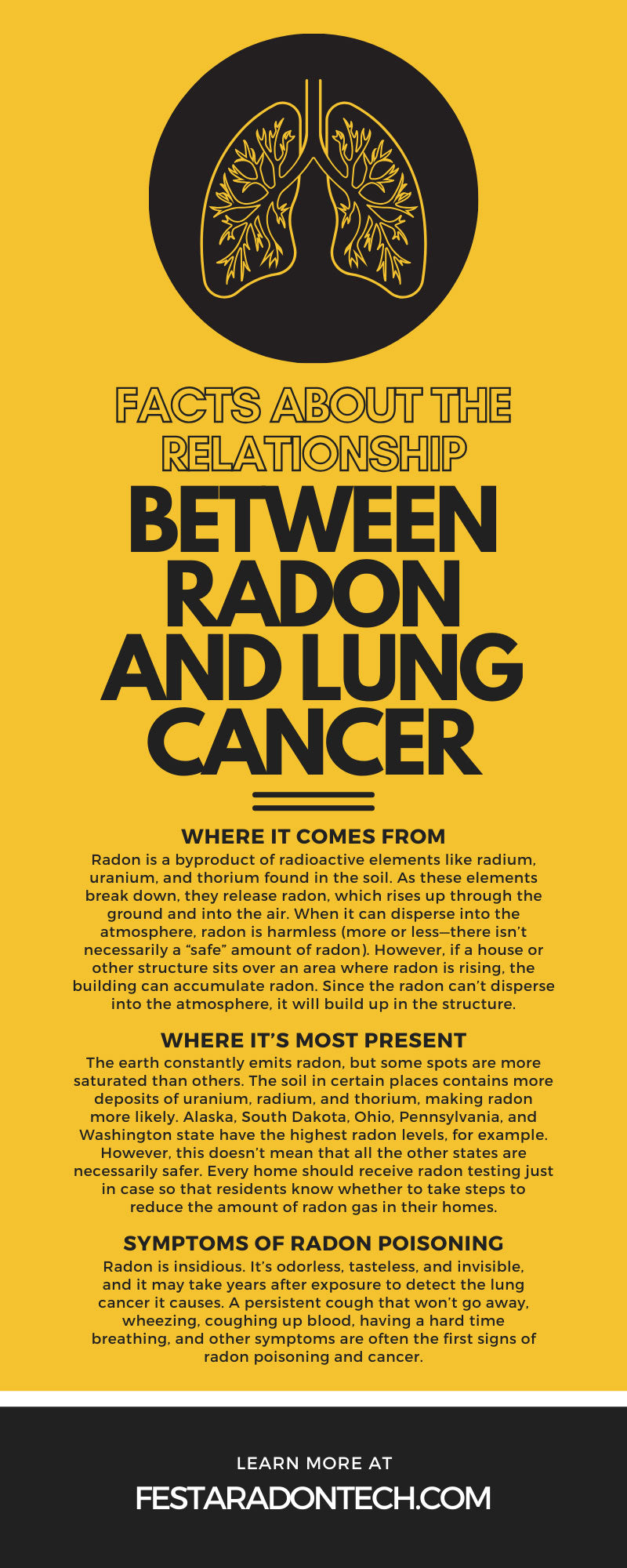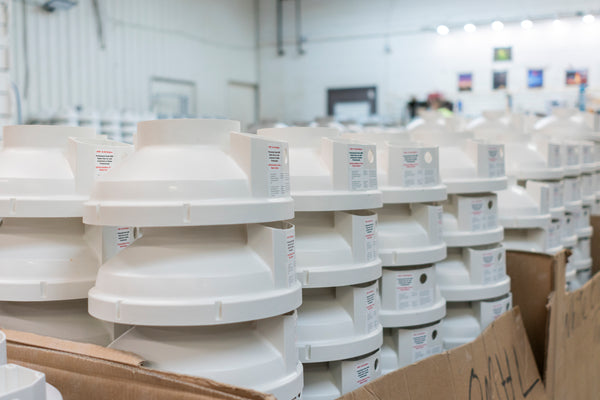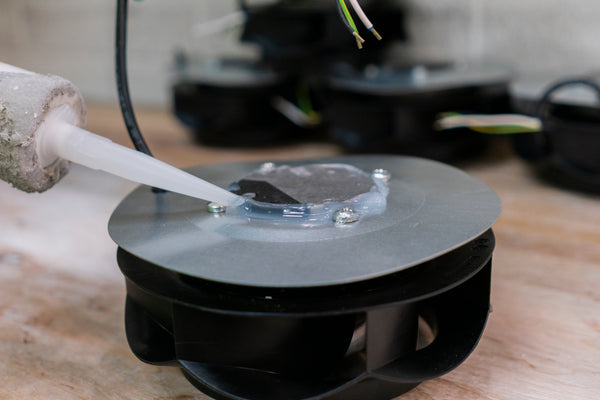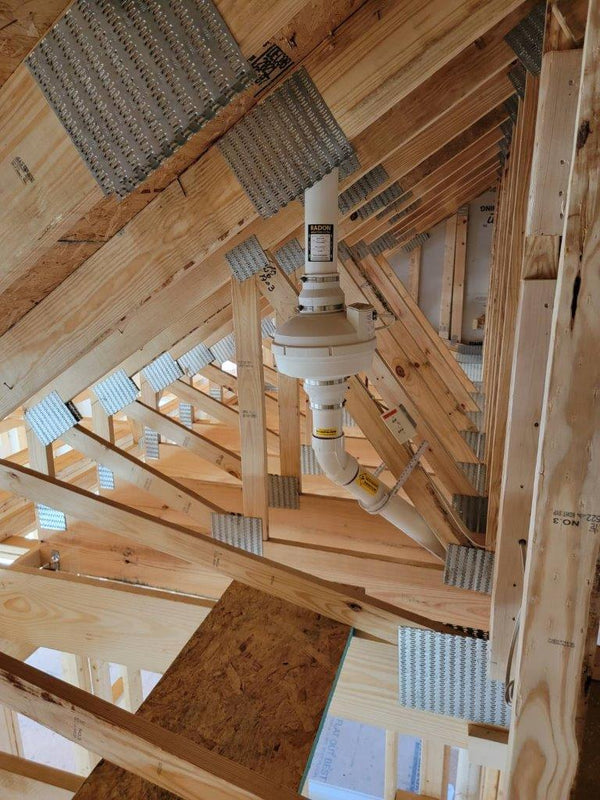
Facts About the Relationship Between Radon and Lung Cancer
Radon: What is it, and what can it do? The first question is easy to answer. Radon is an element—number 86 on the periodic table—and it is most common in the form of gas. This gas has no color, odor, or taste, so the only way to detect it is with a device or kit designed to do so.
Radon is dangerous, as it’s a Class A carcinogen, and you need to be aware of its presence in your home. Otherwise, it can lead to several health issues, including lung cancer. Here are some facts about the relationship between radon and lung cancer, how to tell if radon’s in your home, and what to do to reduce the risk of cancer.
Radon and Lung Cancer
Radon is the second biggest cause of lung cancer in general (right after smoking) and the number one cause of lung cancer in nonsmokers. Annually, about 21,000 Americans die from lung cancer caused by radon exposure. The risk goes up when a person smokes or lives with a smoker in a house with an excess of radon.
Where It Comes From
Radon is a byproduct of radioactive elements like radium, uranium, and thorium found in the soil. As these elements break down, they release radon, which rises up through the ground and into the air. When it can disperse into the atmosphere, radon is harmless (more or less—there isn’t necessarily a “safe” amount of radon). However, if a house or other structure sits over an area where radon is rising, the building can accumulate radon. Since the radon can’t disperse into the atmosphere, it will build up in the structure.
The gas rises through cracks and holes in the foundation, mostly accumulating in the lower parts of a building but often rising through the rest of the place. There, it can become trapped and fill the air. This is when radon becomes dangerous.
Where It’s Most Present
The earth constantly emits radon, but some spots are more saturated than others. The soil in certain places contains more deposits of uranium, radium, and thorium, making radon more likely. Alaska, South Dakota, Ohio, Pennsylvania, and Washington state have the highest radon levels, for example. However, this doesn’t mean that all the other states are necessarily safer. Every home should receive radon testing just in case so that residents know whether to take steps to reduce the amount of radon gas in their homes.
Symptoms of Radon Poisoning
Often, when you breathe in dangerous gases, you’ll know it right away. Natural gas is odorless on its own, but the gas company adds a chemical to create the distinctive rotten egg smell. Carbon monoxide is odorless, but you can easily recognize the symptoms, including severe headaches, confusion, throwing up, pains in the chest, and others.
Radon, on the other hand, is more insidious. It’s odorless, tasteless, and invisible, and it may take years after exposure to detect the lung cancer it causes. A persistent cough that won’t go away, wheezing, coughing up blood, having a hard time breathing, and other symptoms are often the first signs of radon poisoning and cancer. If you’re concerned about radon exposure, have the house tested as soon as possible and talk to your doctor about what else you can do to keep yourself safe.
Where Else Does Radon Come From?
Well water is another way that radon gets into our homes and our bodies. When radium, uranium, and thorium break down, radon can enter our groundwater. Exposed bodies of water, such as ponds, lakes, and the like, can also face exposure. However, water from lakes often goes through treatment before arriving at your home.
Well water, however, rests in the earth, slowly absorbing radon over time. Additionally, it doesn’t go through treatment that can prevent radon exposure. If you depend on well water for your drinking, bathing, and cooking needs, have it periodically tested. If radon is present, consider getting a new source of water or introducing a water treatment process to your home.
How Else Can I Encounter It?
Office buildings aren’t free from the possible presence of radon, either. If they’re on land that emits high amounts of radon and has poor ventilation, radon can accumulate in there as well.
Basically, the longer you linger where radon is present, the greater your chances of contracting lung cancer are. Miners especially have to worry about exposure, as they work underground for hours. Likewise, people who work in close contact with uranium and even fertilizers should remain cautious of radon.
What Can You Do?
Test, test, test. As mentioned, testing is the only way to see if there’s radon present in your home or workplace. You can hire a professional service to come in and test, or you can pick up a basic kit at the hardware store and do it yourself. Radon detectors are also available for sale and are highly accurate. They’ll alert you if there are elevated radon levels in your home. Getting rid of radon can be as easy as opening your windows and letting fresh air blow through the house occasionally. Employ fans and your HVAC system to circulate and filter the air or eject it outside.
Surveilling your basement for cracks and holes might also help you determine if radon could be in your home. Look for such openings in the foundation and fill them up with silicon caulk or similar plugging material. Your local hardware store can help you pick the right one to use. If you have the budget for it, hire professionals to install fans and vents that can periodically clear the air in your home. Radon has less of a chance of affecting you if you give the old heave-ho as soon as possible.
These are some facts about the relationship between radon and lung cancer, as well as other insights on protecting yourself. Do you have other questions about radon, its effects on your health, and what you can do to mitigate or get rid of it? Contact us for a consultation. We offer everything from ventilation systems to exterior radon fan cover kits. Contact us for more information today!
